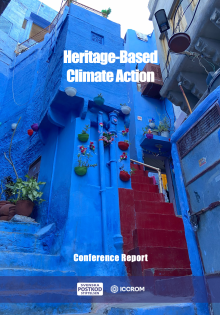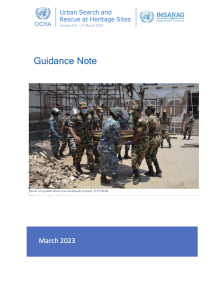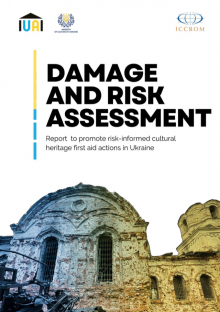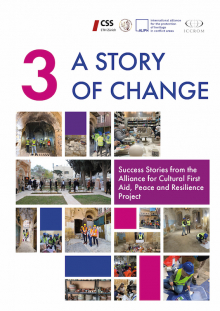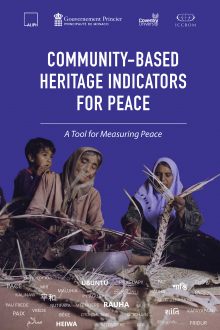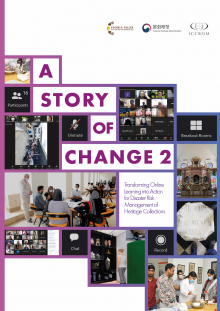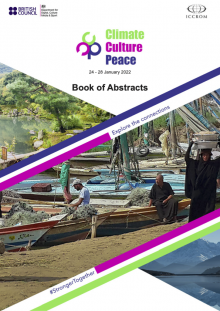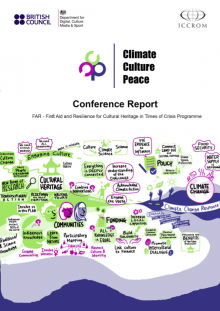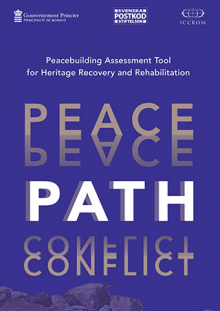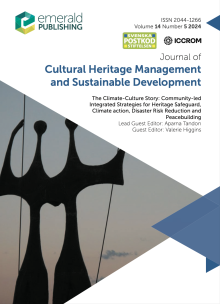
Journal of Cultural Heritage Management and Sustainable Development
ICCROM, through its flagship programme First Aid and Resilience of Cultural Heritage in Times of Crisis (FAR) is pleased to present the results of an innovative implementation research from five climate hot spots worldwide, developed under a 30-month capacity development initiative, Net Zero: Heritage for Climate Action. This study, field-tested in Brazil, Egypt, India, Sudan, and Uganda, shows how conserving heritage can lead to tailored and integrated solutions that address disaster risk reduction, climate action, and the promotion of peacebuilding.

